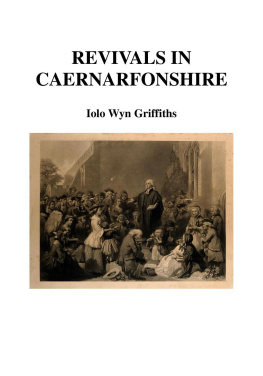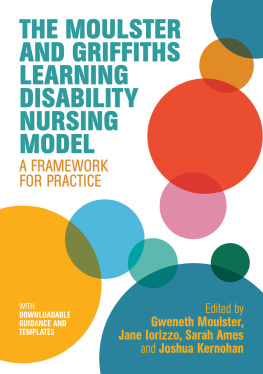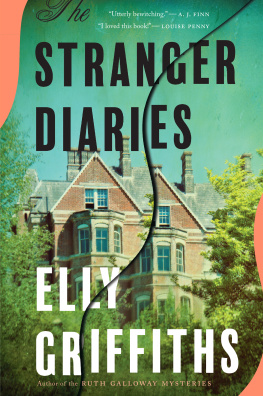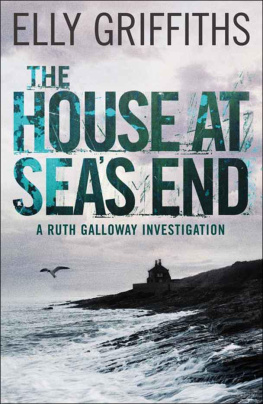
Exposing the wickedness of people like Stephen Griffiths, the self-proclaimed Crossbow Cannibal, does not glorify or celebrate them. Rather, it allows us to understand what makes them a danger and how their threat can be nullified. It also tells the victims stories, highlights their vulnerability, and reminds us that issues like drugs and prostitution cannot be ignored.
I owe many thanks to a small posse of experts for helping me follow and understand Griffiths case. Among them are: Jerry Lawton, chief crime correspondent, Daily Star; Paul Jeeves, northern correspondent, Daily Express; Chris Gregg, Detective Chief Superintendent (retired); Felicity Gerry, criminal barrister and author, Sexual Offences Handbook: Law, Practice and Procedure; David Wilson, Professor of Criminology, Birmingham City University; Andrew Cook, historian and author, Jack the Ripper: Case Closed; Joolz Denby, poet and author; Belinda Brooks-Gordon, author, The Price of Sex: Prostitution, Policy and Society; Leopard Films.
H olmfield Court is situated just a few hundred yards from Bradford city centre. It stands on the edge of the red light area, among a raffish collection of pubs, clubs, low-rent businesses and derelict warehouses. It is a part of town where people have welcomed the protection of security cameras.
Monday mornings always brought a touch of Big Brother to Holmfield Court. An inner city housing blocks little dramas were seen and scrutinised through the unblinking eyes of the CCTV system. In total, 16 cameras kept every doorway, corridor and stairwell monitored, and the results were recorded and stored on hard drive for Peter Gee, the caretaker. As a norm, the footage revealed nothing more than tenants going about their everyday business: taking rubbish out, bringing shopping in, or staggering home after a Saturday night session. Even so, the weekly review had to be done, no matter how uneventful.
The Monday morning playback was Peter Gees first duty of the working week. He would turn up at 7.30am and begin the review an hour later. It was usually a stress-free start to the week: the only incidents likely to make work for him were acts of petty vandalism. To begin with, Monday 24 May 2010 was no exception.
Mr Gee ploughed through the footage from the first 13 cameras without witnessing anything untoward. He began flicking through the scene monitored by camera 14, overlooking the third-floor corridor. He had barely started watching it when he did a double take: he saw what looked like a man dragging the motionless figure of a woman along the floor of the corridor.
He rewound and watched the footage again. The same two figures were captured on camera walking into a flat at 2.31 in the early hours of the previous Saturday. He recognised the man: it was Steve, the loner who lived in Flat 33. It was 33 they had gone into. Mr Gee did not know the woman, but other tenants said Steve regularly brought prostitutes home. She was small with dark hair. Minutes later, she reappeared, running towards the stairs, frightened for her life. Steve came out of the flat, snarling and hot on her tail. He caught and attacked her, leaving her unconscious on the floor.
Now, Mr Gee found himself at the point in the footage where his attention had first been grabbed. The man he knew simply as Steve dragged his victim back towards his flat. He disappeared for a second, then came back, carrying something. The caretaker, horrified but transfixed, strained to make out what it was. A cross-shaped contraption of some sort? A crossbow!
The tenants next move confirmed it. After reaching the woman out cold on the floor, he pointed the weapon at her and fired.
All the tenants knew about the CCTV system. Steve must surely have realised that his every murderous move would be televised? After dragging his victim into Flat 33, he reappeared, bow in hand. Looking directly at the cameras lens, he gave a defiant one-fingered gesture, and then held the weapon up to the lens in a salute. A few minutes later, the cold-blooded killer held up a bottled drink to the device in a mock toast, before disappearing.
Peter Gee, his mind scrambled and his body moving on autopilot, ran to see his manager.
At teatime that day, a West Yorkshire Police armed response team smashed in the door of Flat 33 Holmfield Court. About 60 officers had come prepared for a fight, machine guns and pistols at the ready and thick body armour protecting their torsos. Residents watched with a mixture of fear and excitement as they stormed up three flights of stairs to the third floor and to the door of Flat 33. As it turned out, they were offered no resistance. The male occupant came willingly. The man known to Peter Gee as Steve was Stephen Griffiths. Soon, he would give himself another name: the Crossbow Cannibal.
The armed officers had broken their way into a macabre fantasy world. They had also cracked a missing persons riddle that had troubled the police for almost a year. But the breakthrough, while a relief of sorts, would lead to a harrowing few days in their lives. It would also cause devastation for the families of Suzanne Blamires, Shelley Armitage and Susan Rushworth. All three women had been sex workers who were addicted to hard drugs. All three had gone missing while walking the streets looking for clients. All three had loving families who were at their wits end with worry.
Nearly 30 years earlier, in 1981, Peter Sutcliffe, a married lorry driver, had been unmasked as the Yorkshire Ripper. From his home also in the city of Bradford he would venture out on murderous forays across the red light districts of northern England. Sutcliffe was a Bradford man and, out of at least 13 women he hammered and stabbed to death, three met their end just a few miles from his home. One was murdered less than half a mile away from Holmfield Court.
Bradfords second serial killing case in a generation would bring a sense of dj vu. Bradfords New Ripper inquiry team would pound the same territory Sutcliffe had prowled all those years before. The same backstreets and alleyways would be pored over, and the same feelings of fear, shock and outrage would grip the public.
Bradford would have to look again at the issue of prostitution and how to deal with it. After Sutcliffe was jailed, many influential people including policemen had called for the legalisation of vice as a way of keeping streetwalkers safe. Three decades on, the same debate would rage again. Although the world had changed, the authorities had failed to find a solution.
In 2010, Bradford was a city on the up. It had a fast-growing economy, a vibrant multicultural community and, courtesy of its industrial heritage, some of the most beautiful buildings in Britain. But just a stones throw from multi-million pound development projects, the oldest profession went on in the murkiest of alleyways and backstreets.
Sutcliffes shadow was cast all over the case of Stephen Griffiths. A mature student at the University of Bradford, Griffiths was studying homicide, and knew all there was to know about the Yorkshire Ripper. That Monday evening in late May 2010, detectives had the unlikely task of interviewing a student of multiple homicide as a suspect for multiple homicide. In crime fiction, he would traditionally be the first suspect ruled out.
What was Stephen Griffiths story? That question led into the darkest recesses of a warped and egotistic mind. Detectives would piece together events which were grisly beyond belief. Some of Britains most experienced police investigators were flabbergasted by what they uncovered.
Psychologists would often talk about an aberration of the fame-obsessed society. The new millennium is the age of Myspace, YouTube and
Next page











